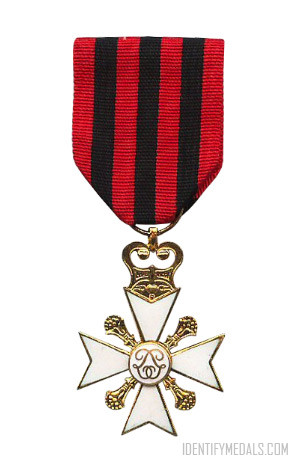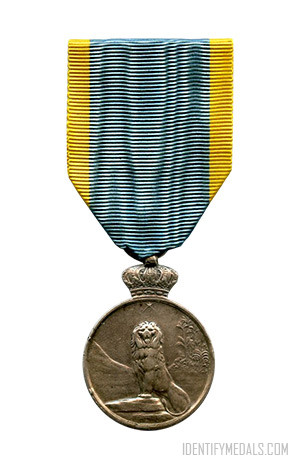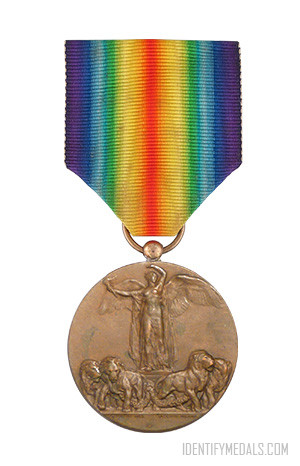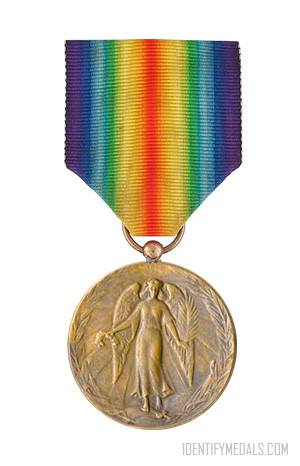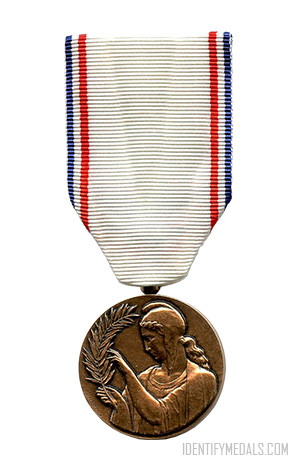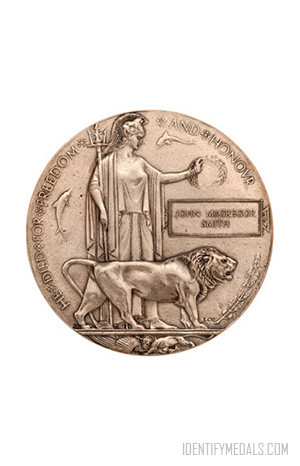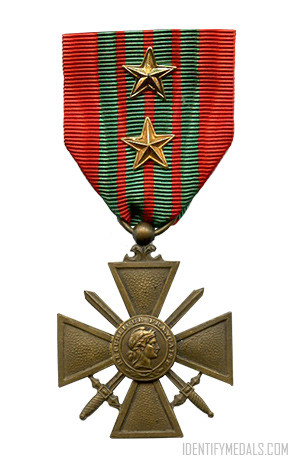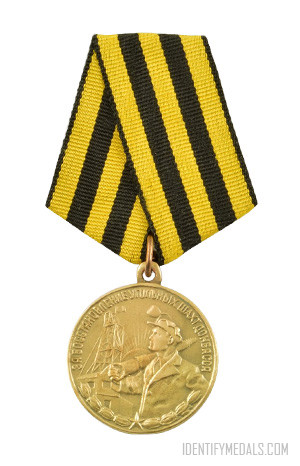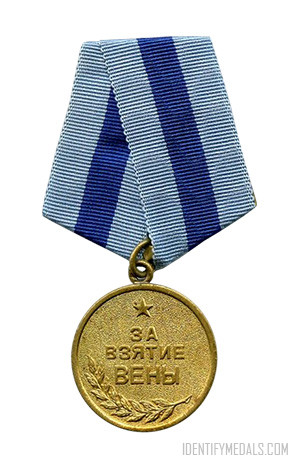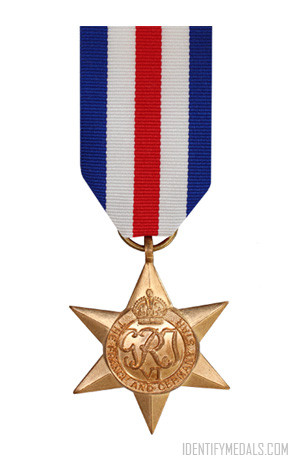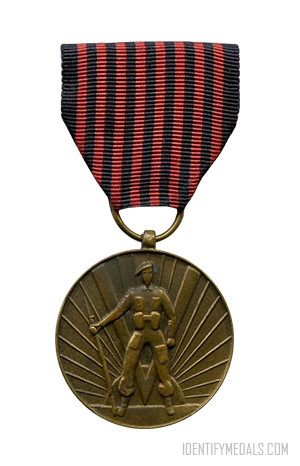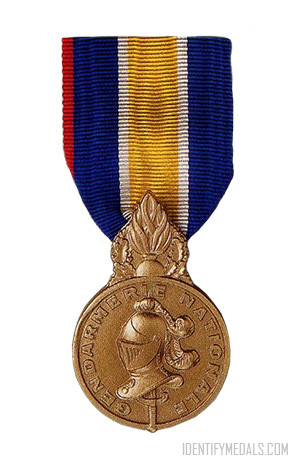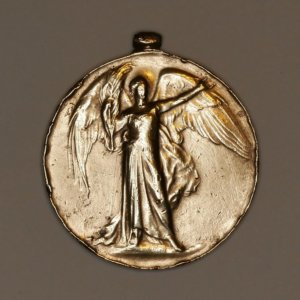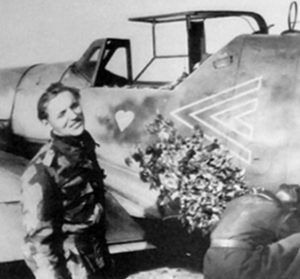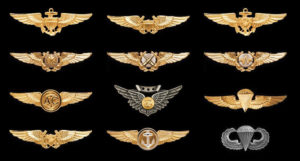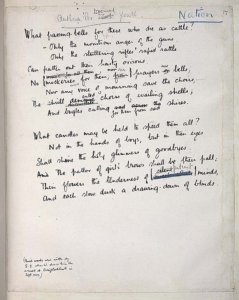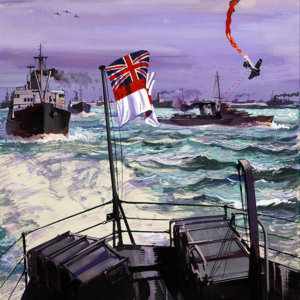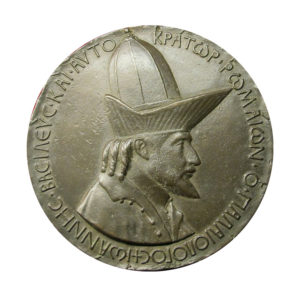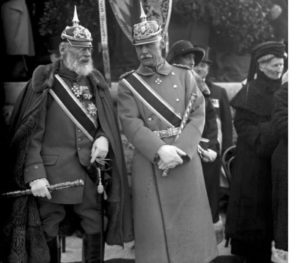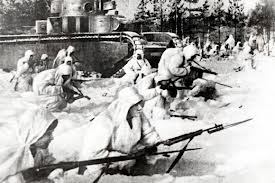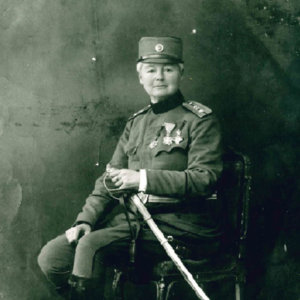- Time Period: Pre World War I
- Institution: 21 July 1867
- Country: Belgium
The Civic Decoration (Décoration Civique / Burgerlijke Ereteken) is a civilian decoration of the Kingdom of Belgium first established on 21 July 1867 by royal decree to reward exceptional acts of bravery, devotion or humanity.
A second royal decree of 15 January 1885 extended the award to state civil servants for long service, and it was once more amended by royal decree in 1902 to include long service in the Civic Guard and firefighters.
Two wartime variants were created to reward civilians who distinguished themselves during the World Wars.
The Civic Decoration is awarded in two categories:
- The Civic Cross (First and a Second Class),
- The Civic Medal (First, Second and Third Class).
The Civic Decoration Design
The badge of the Civic Cross is a white enameled maltese cross with the central medallion bearing the monogram of King Leopold I or of King Albert I on the obverse and reverse. Between the arms of the Cross are:
- Crossed swords for the Civic Cross 1914–1918.
- Crossed flaming torches for the Civic Cross 1940–1945.
- A Burgundy Cross for the Civic Cross for administrative services and for services as a firefighter.
The ribbons differ with the type of award:
- For long and distinguished service in the administration: Red with three vertical black stripes.
- For exceptional acts of bravery, devotion or humanity: Red with two vertical black stripes bordered on each side by a yellow line.
- For long and distinguished service as a firefighter: Green with two vertical white stripes.
- For the 1914–1918 award: Pale green with vertical black, yellow and red stripes on each edge and a central vertical gold stripe.
- For the 1940–1945 award: Saffron with vertical black, yellow and red stripes on each edge and a central vertical black stripe.

